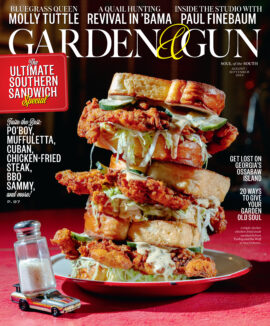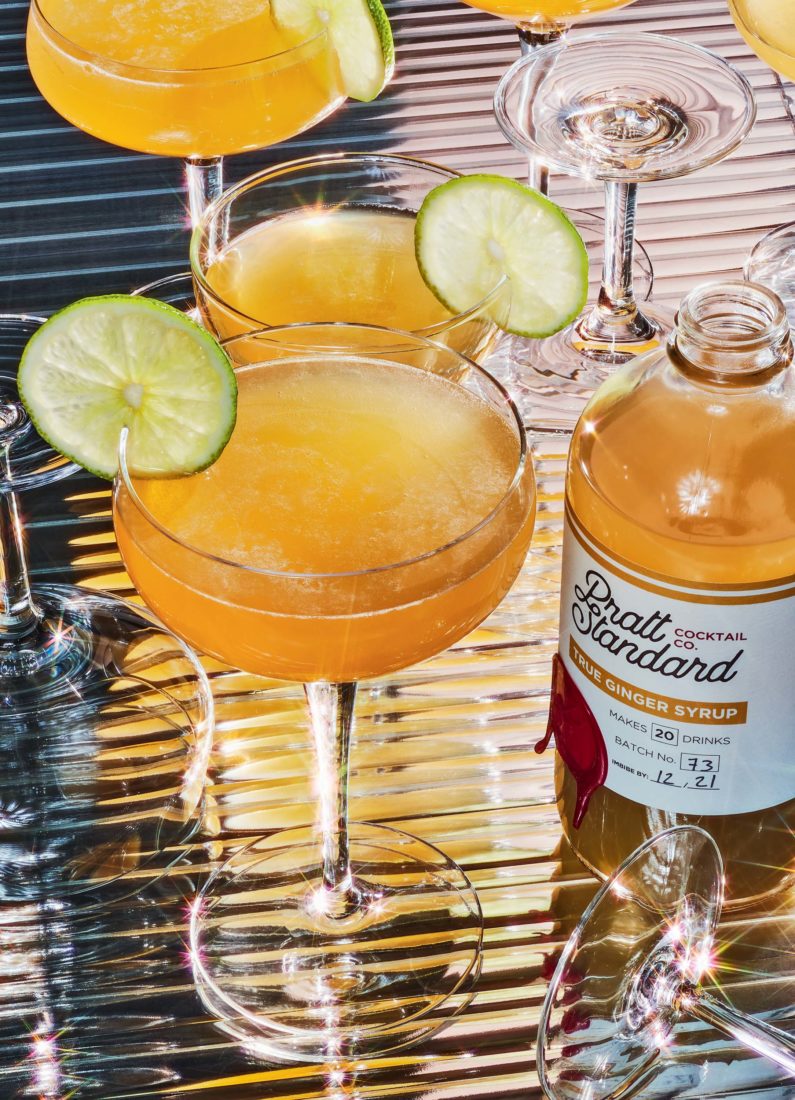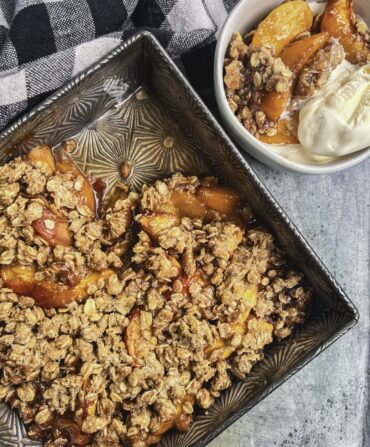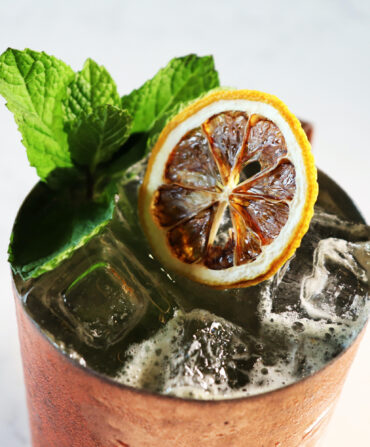Tory Pratt grew up in a family of cooks—her parents were caterers and owned a smoked seafood business in Philadelphia. When she went to college in Washington, D.C., the quality of campus food surprised her, and not in an especially good way. She essentially became a full-time resident of the dorm kitchen, making meals more to her liking. (“I had people come and ask me for permission to use it,” she recalls.)
After college, she continued tinkering. Among her projects: creating a tonic syrup that would go well with Green Hat Gin, a craft spirit made by the first distillery to open in D.C. after Prohibition. “I love going back into history,” she says. “So I came up with a tonic recipe based on how they used to make it in British India.” The result made her happy. As it did her friends, who encouraged her to launch a business. In 2014, she formed Pratt Standard Cocktail Co. to sell tonic syrup and other cocktail ingredients. “I didn’t expect it to work as a business,” she says. “I was like, Whatever, we’ll see.” Turns out, the market was waiting for her. Three gift guides almost immediately featured the tonic syrup, and she was off. Pratt now produces a series of core and seasonal syrups, and employs eleven full- and part-time workers.
Cocktail syrups of yore endured something of a down-market reputation—they were the refuge of the callow and slack, a witch’s brew of corn syrup and artificial flavors. With the modern revival of cocktail culture, though, top-shelf craft spirits have swiftly been followed by top-shelf mixers, many made with natural ingredients. Pratt’s seasonal lines include a bracing bitter lemon syrup, and a rosemary grapefruit syrup that’s somehow both bossy and demure. She also sells a grenadine, and a kola-nut syrup developed after research into the dark arts of a certain Atlanta-based company. “It’s our least popular product,” she says, “but it has a cult following.”
Pratt’s ginger syrup, however, may be the most versatile pick for home cocktail compounders who want to add complexity to a drink. “We did a lot of recipe development with ginger,” Pratt says. Most syrup recipes call for boiling chopped ginger with water and sugar, but she didn’t much care for the outcome. “What you get is something that tastes cooked,” she says, “which is a completely different flavor than fresh ginger.” So she set about peeling and juicing raw ginger, then sweetening it with organic cane sugar and adding a touch of citric acid for tartness, crafting a syrup featuring a spicy, fresh ginger flavor seemingly turned up to eleven. Maybe twelve.
In cocktails, ginger can play just about any instrument, from a quiet piccolo to booming timpani. Mix some of the syrup with club soda and add whiskey from the square bottle to upgrade the Jack and ginger, or use a modest barspoonful to reanimate classics such as an old-fashioned or a daiquiri.
We’re partial to deploying it in this variation on a Southern Baptist, a drink created about a decade ago by the bartender Sother Teague, who started off as a chef at Pop’s Trattoria in Durham, North Carolina, before eventually moving to New York and making a splash in the cocktail world with his renowned Amor y Amargo bar. His cocktail, which riffs on a classic drink called the Presbyterian (with a nod to “my roots as a Southerner,” Teague says), gives ginger’s native complexity permission to shine. Between sips, marvel at how a single flavor can be spicy and sweet in equal measure. Says Teague, “It’ll cast the vipers out of the garden.”








